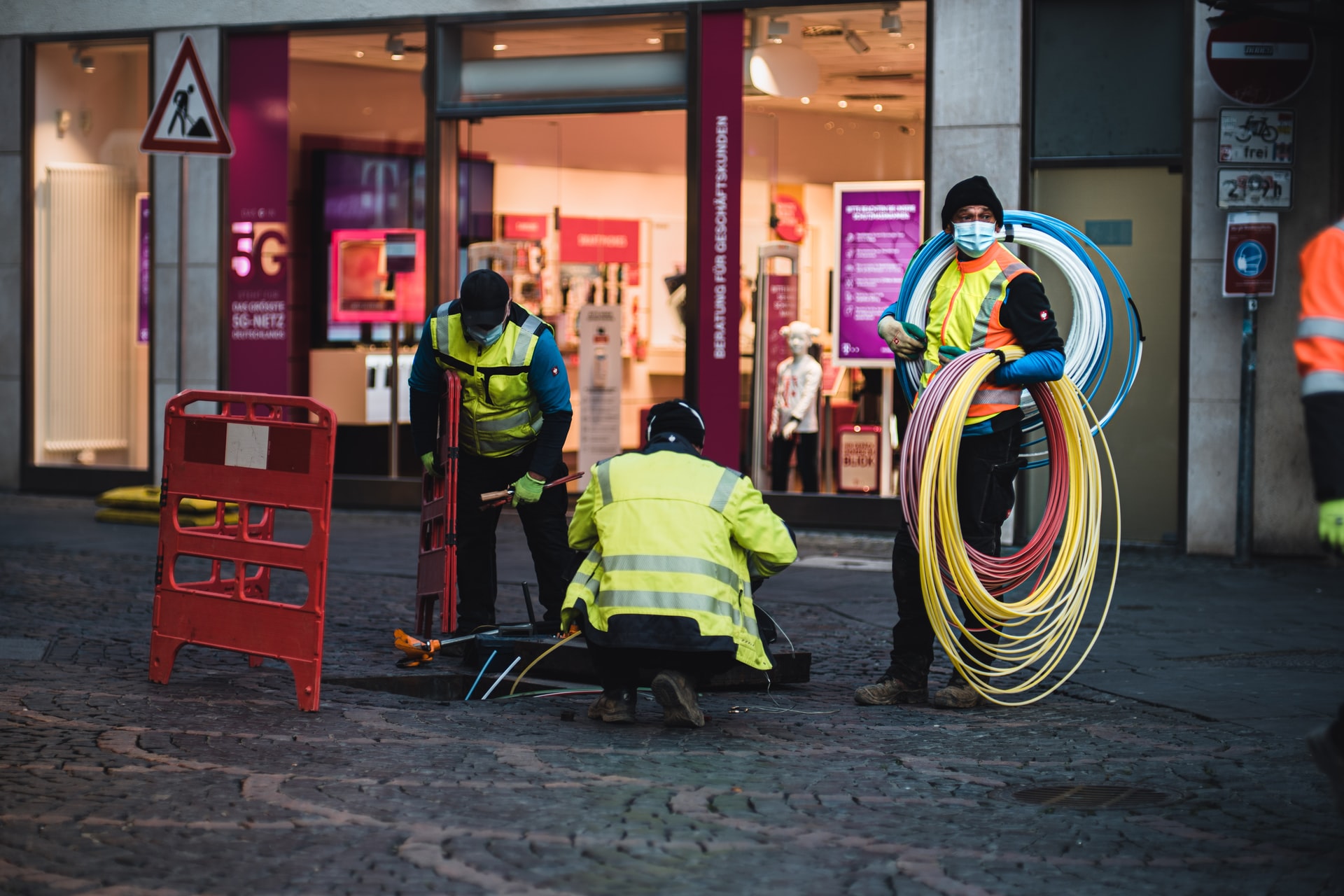Like other states looking to upgrade their IT environments and move beyond decades-old legacy infrastructure, Illinois is making progress on a modernization initiative that will play out over the next several years.
In February, the state acquired nearly 10 acres of land for $1.55 million to build a new Central Computing Facility for the Illinois Department of Innovation & Technology (DoIT). The facility will serve as the central modernized data center for the state, which is seeking to upgrade equipment that has been around since the 1970s in some cases.
Although the process is likely to be two years from completion, Illinois officials say they are eager to get started and enthusiastic about how modern IT infrastructure will help the state deliver improved services, both internally and to citizens.
According to a release, the plot of land in the state capital of Springfield
“offers access to a fiber network, synergies to nearby State offices, and close proximity to transportation options.”
“As governor, I’ve sought to bring efficiency and modernization to state government, and this new data center is a key asset in that endeavor,”
Gov. J.B. Pritzker says in the statement.
“Through this new facility, we’re enhancing the State of Illinois’ digital infrastructure and doing so while bringing hundreds of new jobs to the east side of Springfield.”
Illinois Looks to a Modern IT Infrastructure
The state is building the new data center because existing infrastructure cannot keep pace with the demands of modern computing and the delivery of citizen services, according to acting Illinois CIO Jennifer Ricker.
“There’s a lot about it even logistically that doesn’t work well,”
Ricker says.
“In the past you had storage and backups and things that were on magnetic tape and now there’s solid-state drives and we have hyperconverged [infrastructure] and those are much denser and with raised flooring and all of those things. They also run a lot hotter so there’s even a challenge [with] the cooling and everything that comes with that.”
While infrastructure upgrades are critical to supporting modern digital government services, new data center hardware alone won’t help those services come to life and benefit citizens if state agencies can’t effectively use government data. That will require changes not just in technology but also in culture — something Ricker sees Illinois Chief Data Officer Dessa Gypalo helping to lead.
“There is a lot of foundational work that has to be done,”
Ricker tells.
“It’s not as easy as ‘let me pull out this data and there’re magical insights from it.’ We really rely on that [CDO] position to guide the organization. All of the agencies we work with and support are really excited about the opportunity, the possibilities of using the data that they are collecting to do a better job at understanding how to come up with better policy decisions and in some cases how to get better outcomes.”
DoIT will also benefit from this shift as it seeks to support other state agencies in fulfilling their missions, Ricker says. Her department has started making better use of dashboards and service metrics, which helps DoIT explain and communicate with agencies on how it is helping them, she says.
“In addition, it helps us make decisions on where we’re missing our marks that we’ve established in terms of our own service metrics. It gives us the ability to take that data, use it for our own purposes but also share with the agencies how we’re doing serving them,”
she says.
Source:






Comments